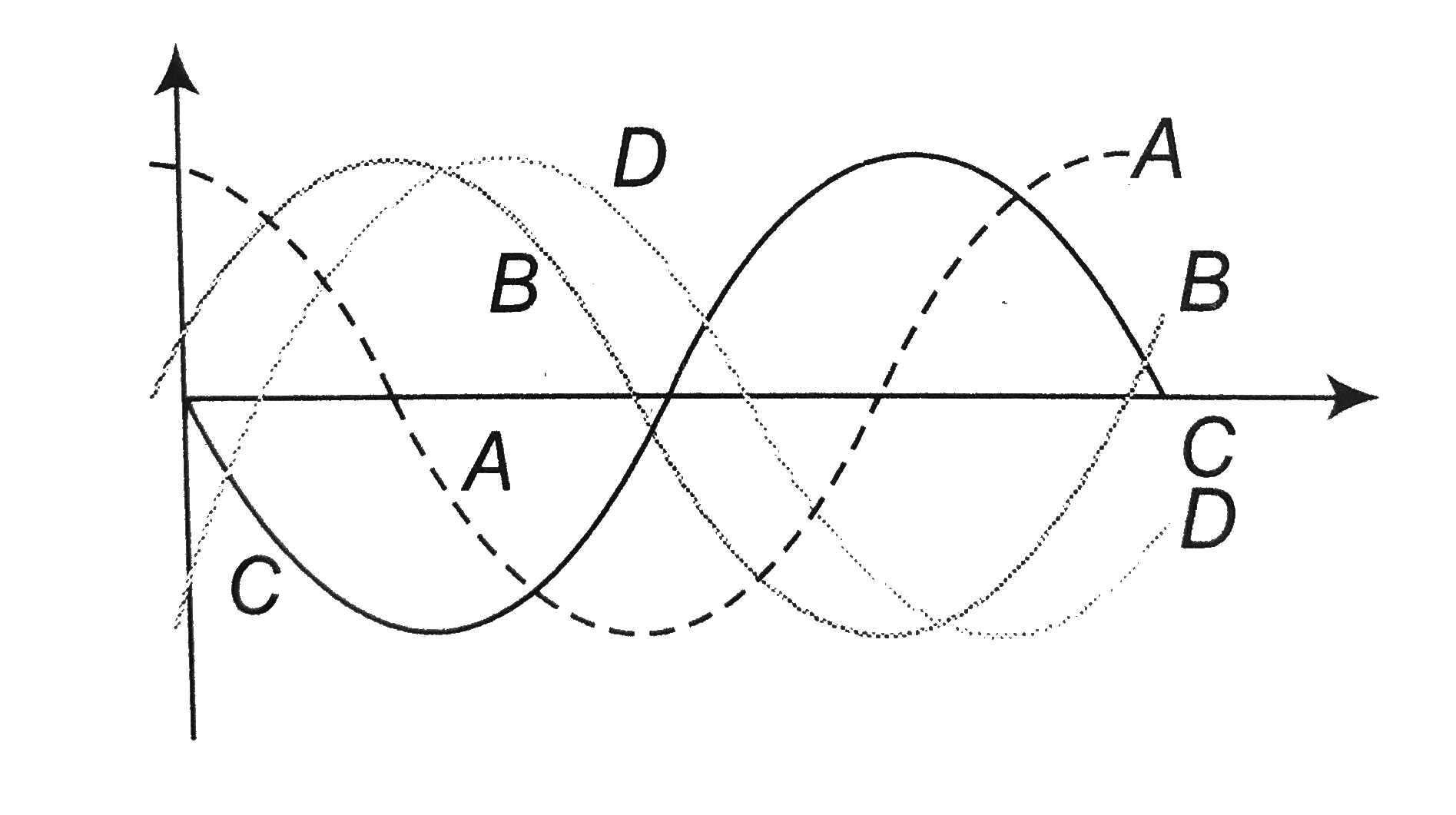A certain rough platform perform oscillating given by yp=Asinωtˆj, while another block kept on the platform perform oscillation on the platform given by
xB=Acos(ωt)ˆi. As seen from, the ground.
The direction of frictional force on the block will always be opposite to its velocity relative to the platform.
The direction of frictional force on the block will be always opposite to its velocity relative acceleration w.r.t. platform.
The direction of frictional force on the block at any instant will be cos(ωt)ˆi+sin(ωt)ˆj
Direction of friction at any instant will be sin(ωt)ˆi+cos(ωt)ˆj
vp=Aωcosωˆj
vB=−Aωsin(ωt)ˆj
⇒ Direction of friction =cosωtˆi+sinωtˆj
Topper's Solved these Questions
- GMP ASSESMENTBook:FIITJEEChapter:GMP ASSESMENTExercise:Comprehension
Explore 58 Videos
- GMP ASSESMENTBook:FIITJEEChapter:GMP ASSESMENTExercise:Numerical Based
Explore 61 Videos
- GMP ASSESMENTBook:FIITJEEChapter:GMP ASSESMENTExercise:Assertion & Reason
Explore 15 Videos
- GENERAL PHYSICSBook:FIITJEEChapter:GENERAL PHYSICSExercise:MATRIX MATCH TYPE
Explore 3 Videos
- GRAVITATIONBook:FIITJEEChapter:GRAVITATIONExercise:Numerical based Question
Explore 2 Videos
Similar Questions
Using graphical means find an amplitude a of oscillations resulting from the superposition of the following oscillations of the same direction :
(a)x1=3.0cos(ωt+π/3),x2=8.0sin(ωt+π/6),
(b) x1=3.0cosωt,x2=5.0cos(ωt+π/4),x3=6.0sinωt.
View SolutionThe displacement of a particle executing simple harmonic motion is given by y=A0+Asinωt+Bcosωt. Then the amplitude of its oscillation is given by
View Solution
Knowledge Check
The displacement equation of a simple harmonic oscillator is given by y=Asinωt−Bcosωt
The amplitude of the oscillator will beAA-BBA+BC√A2+B2D(A2+B2)The displacement of a harmonic oscillator is given by x=αsinωt+βcosωt. Then the amplitude of the oscillator is,
AαBβCα+βD(α2+β2)1/2The displacement of an oscillator is given by
x=asinωt+bcosωt
where a, b and ω, are constant. Then -Amotion is simple harmonic but not periodicBmotion is periodic but not simple harmonicCmotion is simple harmonic as well as periodicDmotion is neither simple harmonic nor periodic
A simple harmonic motion is represented by x(t)=sin2ωt−2cos2ωt. The angular frequency of oscillation is given by
View SolutionThe instantaneous displacement of a simple pendulum oscillator is given by x=Acos(ωt+π4)Its speed will be maximum at time
View SolutionThe instantaneous displacement of a simple pendulum oscillator is given by x=Acos(ωt+π4)Its speed will be maximum at time
View SolutionThe displacement equation of a particle of medium during wave mation is given by
y=Asinωt−Bcosωt
The amplitude of the oscillator will be
View SolutionWhich of the following curves represents correctly the oscillation given by y=y0sin(ωt−ϕ) where 0<ϕ<90∘?
 .
.
View Solution

